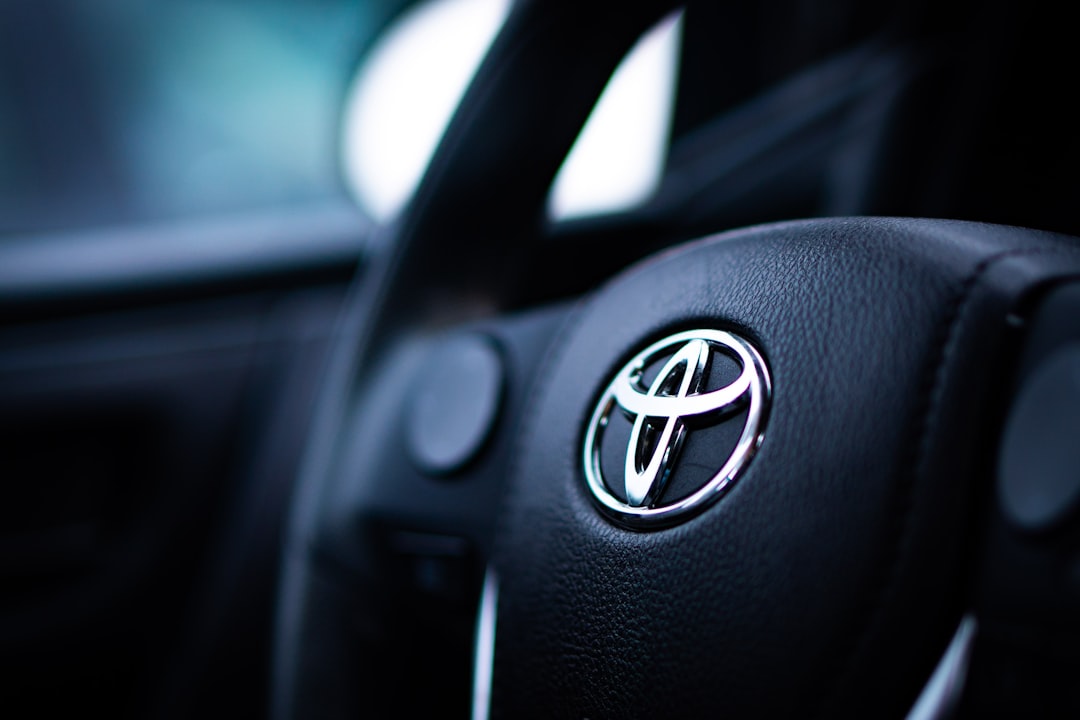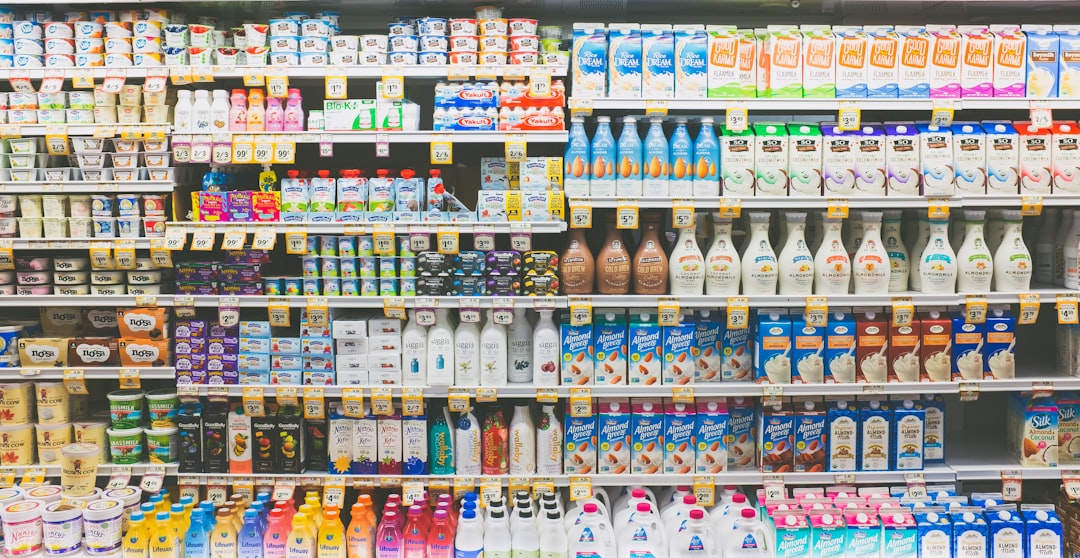What is it about?
Dietary exposure of crabs to mercury species, w/o selenium co-exposure, showed the antagonistic role that selenium may play against mercury.
Featured Image
Why is it important?
The dietary exposure to Se played a very important role concerning the uptake of the Hg species investigated in the present work, showing that it influences the uptake and accumulation patterns.
Perspectives
From the data presented, it is possible to state that selenium changes the mechanism of action of the investigated mercury species and reduces the tissue damage caused by them, factors which define a modification on the toxicodynamics of these species on crabs. Further, the co-exposure to selenium proved to alter the transport of the mercury species by blood to the various organs as well as to decrease their uptake and accumulation, which was also observed for the Se : Hg ratio evaluation, showing also a change in the toxicokinetics of mercury species in crabs tissues. According to Khan et al.,[6] though the presence of selenium may presumably turn the mercury species less bioavailable because of the strong Hg–Se bonding, the formation of such compounds could also induce a selenium deficiency, especially when considering the large number of affected tissues for the exposure to mercury species without selenate in the evaluation of the Se : Hg ratio.
Dr Daiane Placido Torres
Brazilian Agricultural Research Corporation
Read the Original
This page is a summary of: Evaluation of dietary exposure of crabs to inorganic mercury or methylmercury, with or without co-exposure to selenium, Journal of Analytical Atomic Spectrometry, January 2014, Royal Society of Chemistry,
DOI: 10.1039/c4ja00072b.
You can read the full text:
Contributors
The following have contributed to this page










